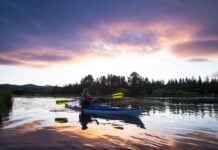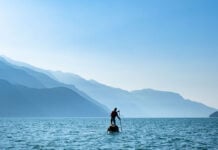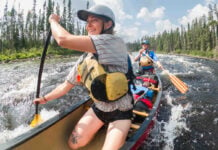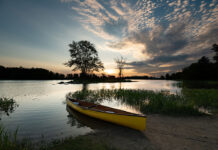Looking to level up your whitewater skills? We asked for tips from some of the biggest names in the game. From maintaining fitness to finding new waves and staying ahead of the pack, try these pro techniques to go from an also-ran to truly kicking ass on the river.
The pro guide to kicking ass on the river
1 Link freestyle tricks
Devyn Scott, big wave legend in the making
I always decide what combo I’m going to throw before I throw it to ensure I have proper body position for each trick. Throw at the top of the wave to get the most amplitude out of the first trick and enough upstream momentum to stick the second move.
2 Paddle ‘til you’re really old
Heather Herbeck, paddle fitness guru
Maintain your ability to move through full range of motion by rolling out tight muscles with a foam roller after a workout or paddling session. I roll out the length of my back three to five times, as well as my hamstrings, glutes, quadriceps and IT band (the outside of the leg). The whole session takes five to 10 minutes and helps prevent injury and boost muscle performance.
3 Cross train
Dane Jackson, reigning freestyle champ
Activities other than kayaking help me stay in shape for paddling. I pick activities I enjoy and can do year-round so I want to do them often. You don’t have to run or bike 10 miles to get a good work-out; integrate 10-minute bursts of activity into your workday. I love anything that gets me outside—I go for quick runs and play speed rounds of disc golf throughout the day.
4 Travel with your kayak
Lu Urwin, globetrotting whitewater nomad
The days of claiming your kayak as a surfboard or surf ski are over. Baggage rules differ between airlines, so I research weight allowances every time I travel. I’m always at the airport early for my check-in and most importantly, super nice, patient and friendly to the people helping me, for as long as possible. When all else fails, I’ve found bursting into tears usually gets ‘em.
5 Master the read and run
Chris Gragtmans, expert river runner
I constantly scan to find eddies because it’s important to have bail-out options, even on an easy river. Pay attention to the river’s geology as well as the water—does it look like it’s gorging up ahead? Dropping faster? Is there a lot of fallen wood on the banks? If something doesn’t feel right above a rapid, I trust my instincts and get out to scout.
6 Find new waves
Louis-Phillippe Rivest, big wave hunter of the Great White North
Aerial images and satellite maps are great scouting tools. I use Google Earth to survey unexplored areas for free and from the comfort of my home. I zoom in and out to preview potentially dangerous features up- or downstream of a play spot. I also contact friends in the area to scope out locations and levels before making the trek with boats.
7 Make all the gates
Nouria Newman, slalom slayer
Before dropping into a slalom course, I sit in my boat above the rapid, close my eyes and try to mentally visualize the whole run. I picture it as if I’m watching a GoPro video of myself running the gates and imagine the specific strokes I’ll need for certain turns and boofs.
8 Style the slide
Adriene Levknecht, downriver speed demon
When dropping into a slide, make sure to have your shoulders square to the direction you want to go and lean slightly forward. This forward stance puts you in a more aggressive paddling position, keeps you stable and protects your back on hard impacts. Looking where you want to go, no matter what goes wrong, will help get you there.
9 Bombproof your OC1 roll
Jim Coffey, international river guide
Try to get back up every time you go over, even if you don’t have a reliable roll yet, and practice rolling in the eddy anytime you empty your boat—these mini attempts only take a minute and build up until you finally have a solid roll. When practicing in an eddy, tip over towards your off-side to learn how to set up for a roll like you’ll need to in current.
10 Dominate extreme races
Louise Jull, steep creek queen
I practice going as fast as I can by racing down the Kaituna River, my home run. It builds muscle endurance and trains my brain to react quickly. When I’m out for a relaxed lap with friends, we turn the last section into a friendly race, pushing ourselves to the end.
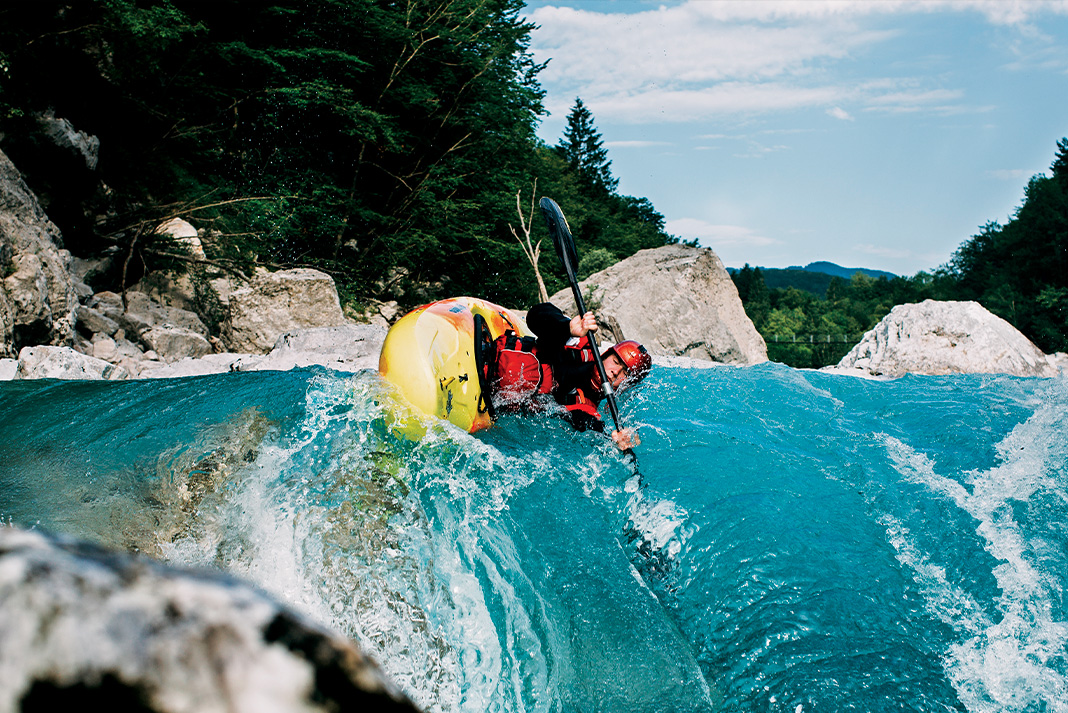
Accumulating experience points. | Feature photo: Anze Osterman




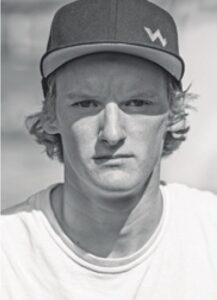
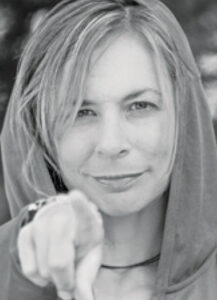
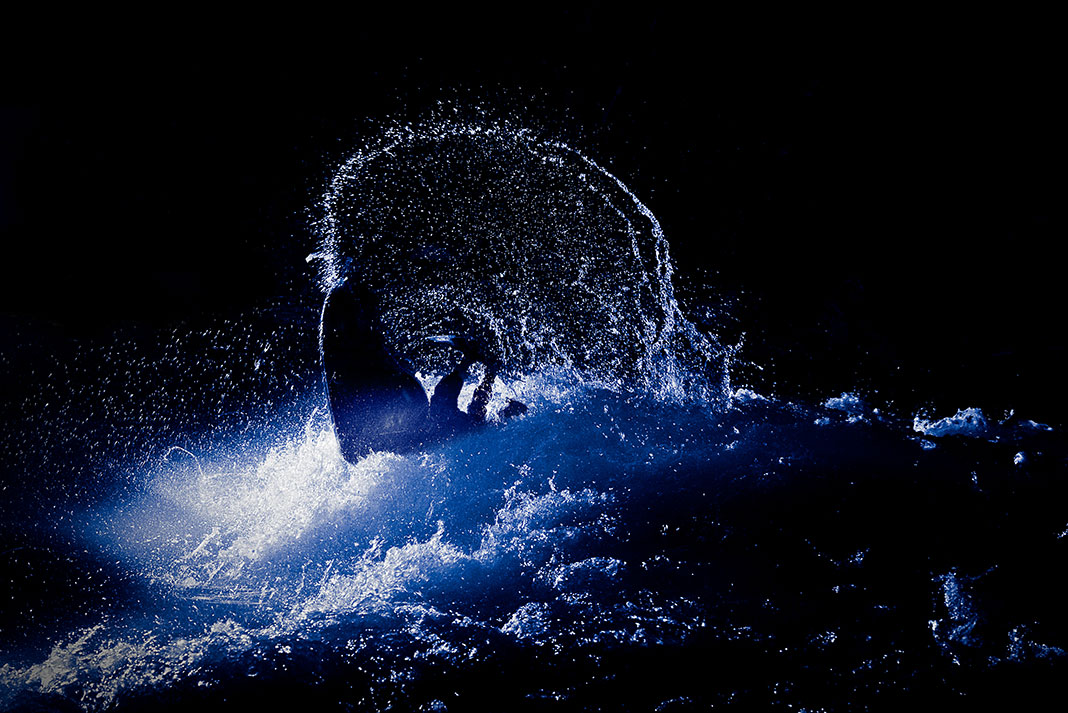
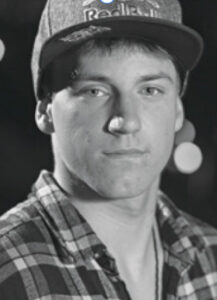
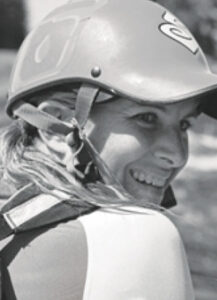
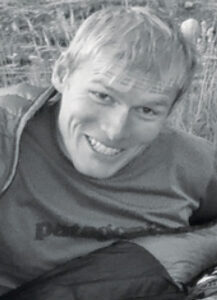
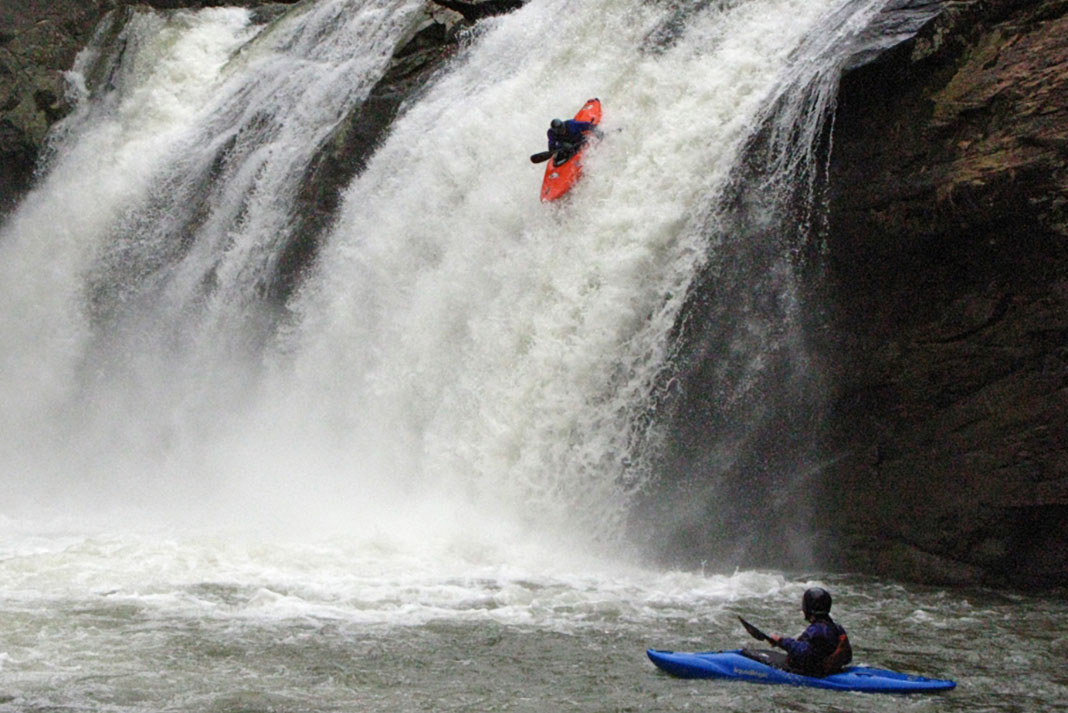
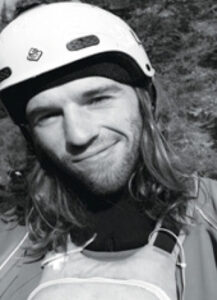

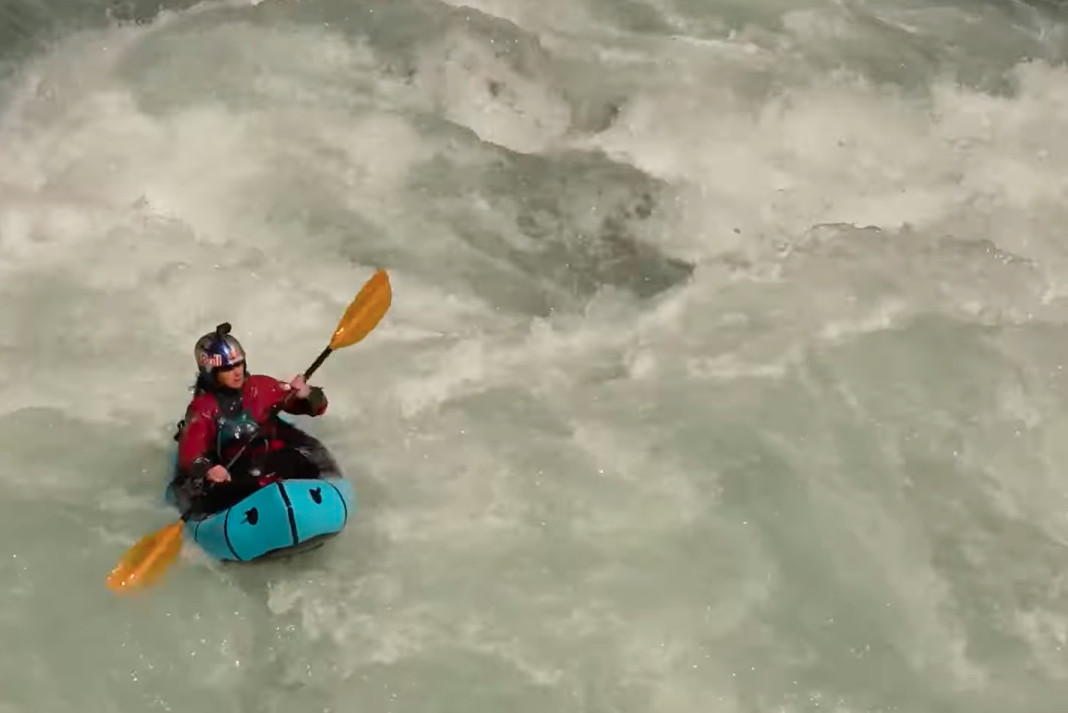
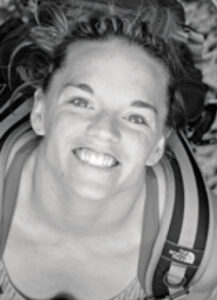

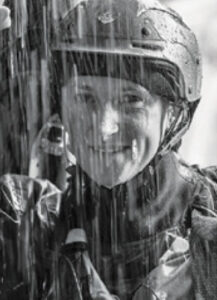
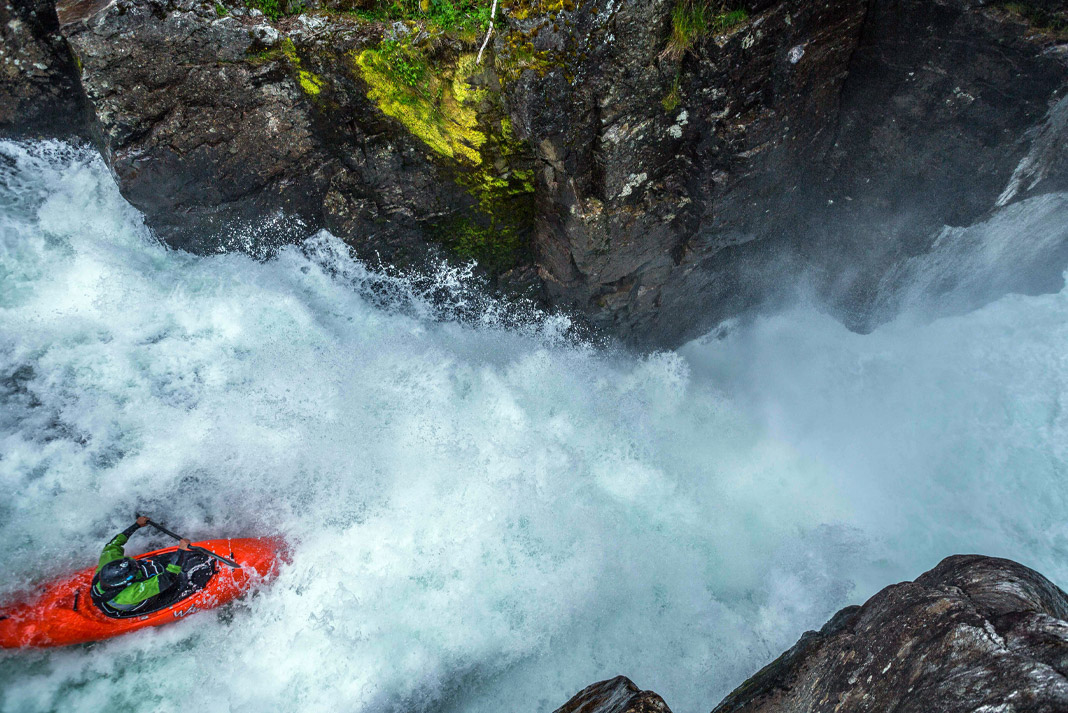
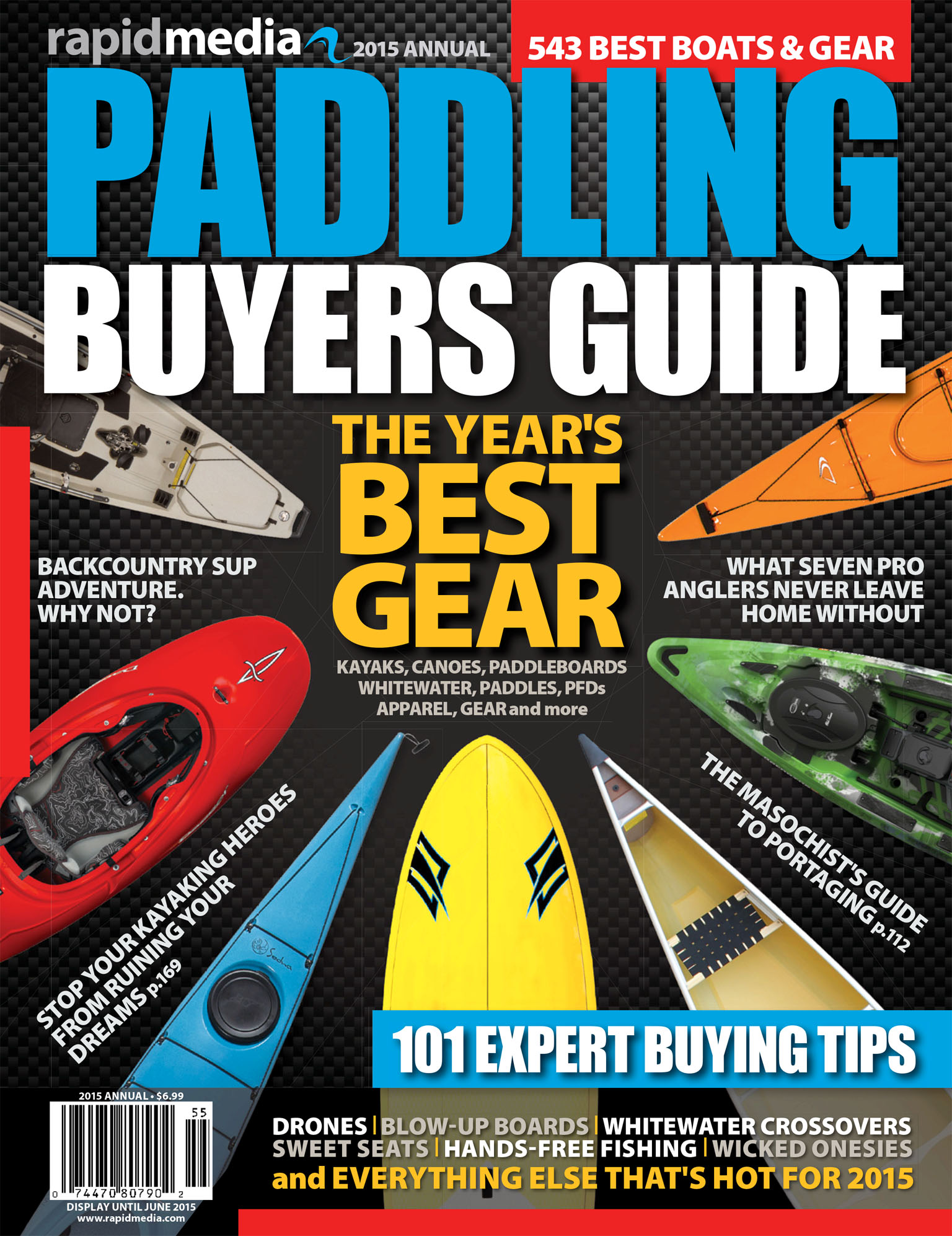 This article was first published in the 2015 Paddling Buyer’s Guide.
This article was first published in the 2015 Paddling Buyer’s Guide. 
